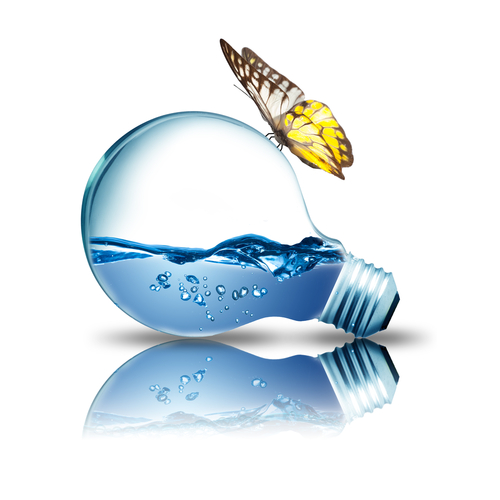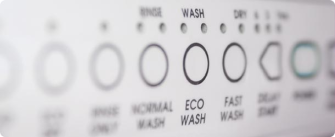Conserving Water Usage In Your Home
 If you want to reduce your energy bill, enhance the comfort of your home, and do your part to save the environment from excessive energy or water waste, then it’s time to add some high-efficiency upgrades to your home. Environmentally friendly upgrades range from small, do-it-yourself projects to more time-consuming projects that should be reserved for professionals. Keep reading below to determine which water- and energy-efficient upgrades would be beneficial to your home.
If you want to reduce your energy bill, enhance the comfort of your home, and do your part to save the environment from excessive energy or water waste, then it’s time to add some high-efficiency upgrades to your home. Environmentally friendly upgrades range from small, do-it-yourself projects to more time-consuming projects that should be reserved for professionals. Keep reading below to determine which water- and energy-efficient upgrades would be beneficial to your home.
Conserving Water Usage
Upgrade your showerheads. Change out your current showerhead for a low-flow style that has a flow rate of less than 2.5 gallons per minute (gpm). Homeowners can choose from two types—either an aerating or laminar-flow showerhead. An aerating showerhead combines air and water to create a misty spray, and a laminar-flow showerhead produces individual streams of water. You may notice that some low-flow showerheads have a WaterSense label. WaterSense is an EPA partnership program that focuses on ways to decrease water usage and preserve the Earth’s water supply. In order to earn a WaterSense label, a low-flow showerhead must have a flow rate of less than 2.0 gpm.
To test your current showerhead’s efficiency, place a bucket with clearly marked gallon increments underneath the showerhead. Turn the water on at the same pressure you would use if you were taking a shower, and time how long it takes for the water to reach the one-gallon mark. Homeowners who clock times of 20 seconds or less should consider replacing their showerhead with a low-flow style.
Upgrade your toilets. While older toilets can use up to six gallons per flush, WaterSense-labeled toilets use an average of 1.28 gallons or less per flush without sacrificing performance. The claim behind WaterSense toilets is that they can reduce water use by 20 to 60 percent and possibly save more than $110 per year in water costs.

Upgrade your faucets. Another great way to conserve water is to replace the aerator, or the screw-on tip, of your faucets. To increase water efficiency, replace your aerators with a low-flow aerator that has a flow rate of less than 1.0 gpm.
Upgrade your dishwasher. Homeowners have a choice between two different water- and energy-efficient dishwashers—compact or standard capacity. As the name suggests, the compact capacity dishwasher holds
fewer dishes than a standard capacity machine. The dishwasher you decide to buy will depend on your family’s needs. If you wash dishes often, then a standard capacity dishwasher may be best for you. A smaller family that washes fewer dishes may benefit from having a compact capacity dishwasher. Whichever choice you make, make sure to look for the ENERGY STAR label to ensure that you purchase one of the most water- and energy-efficient dishwashers on the market.
For added efficiency, look for a dishwasher with a booster heater, which helps reduce hot water usage. Some dishwashers include an option that allows you to shorten the wash cycles, which in turn reduces the amount of water used to clean the load of dishes. Also, remember to run only a completely full dishwasher in order to maximize energy usage.

Upgrade your washing machine. To optimize the efficiency of your washing machine, look for appliances with an ENERGY STAR label. Typically, ENERGY STAR washing machines use 20 percent less energy and 35 percent less water than traditional ones.
Upgrade your sprinkler system. WaterSense irrigation controllers allow homeowners to conserve water without sacrificing their green lawn. A WaterSense-approved irrigation controller takes into account the local weather and landscape conditions to determine whether your lawn needs watering. Traditionally, sprinkler systems run a preset schedule that doesn’t take into account current conditions, which could lead to unnecessary watering. If you’re interested in adding a WaterSense irrigation controller to your sprinkler system, consult a professional to find out which brand will work for you.
